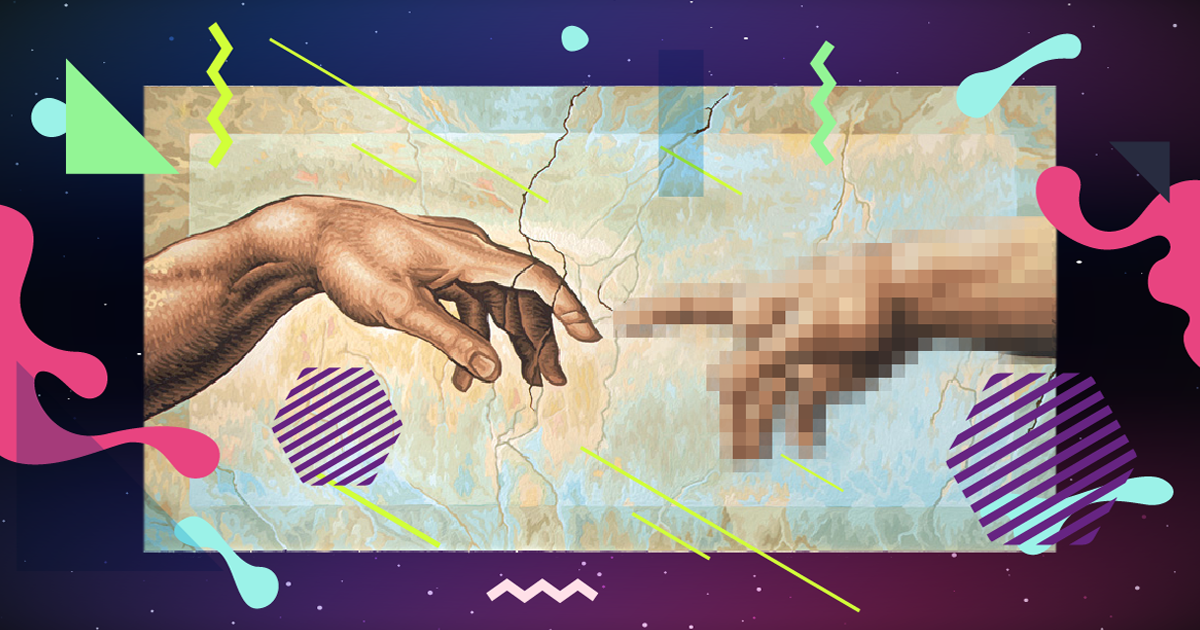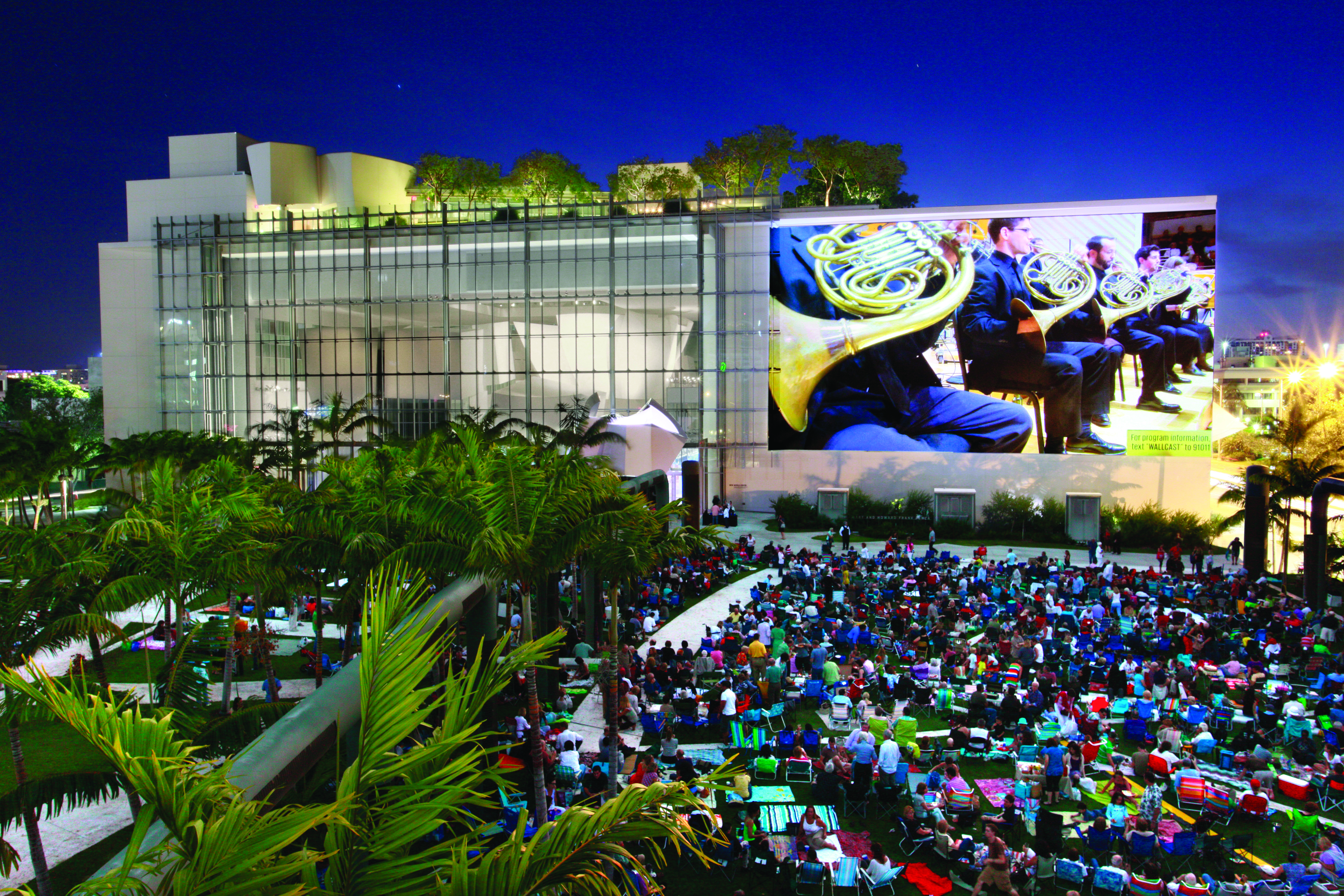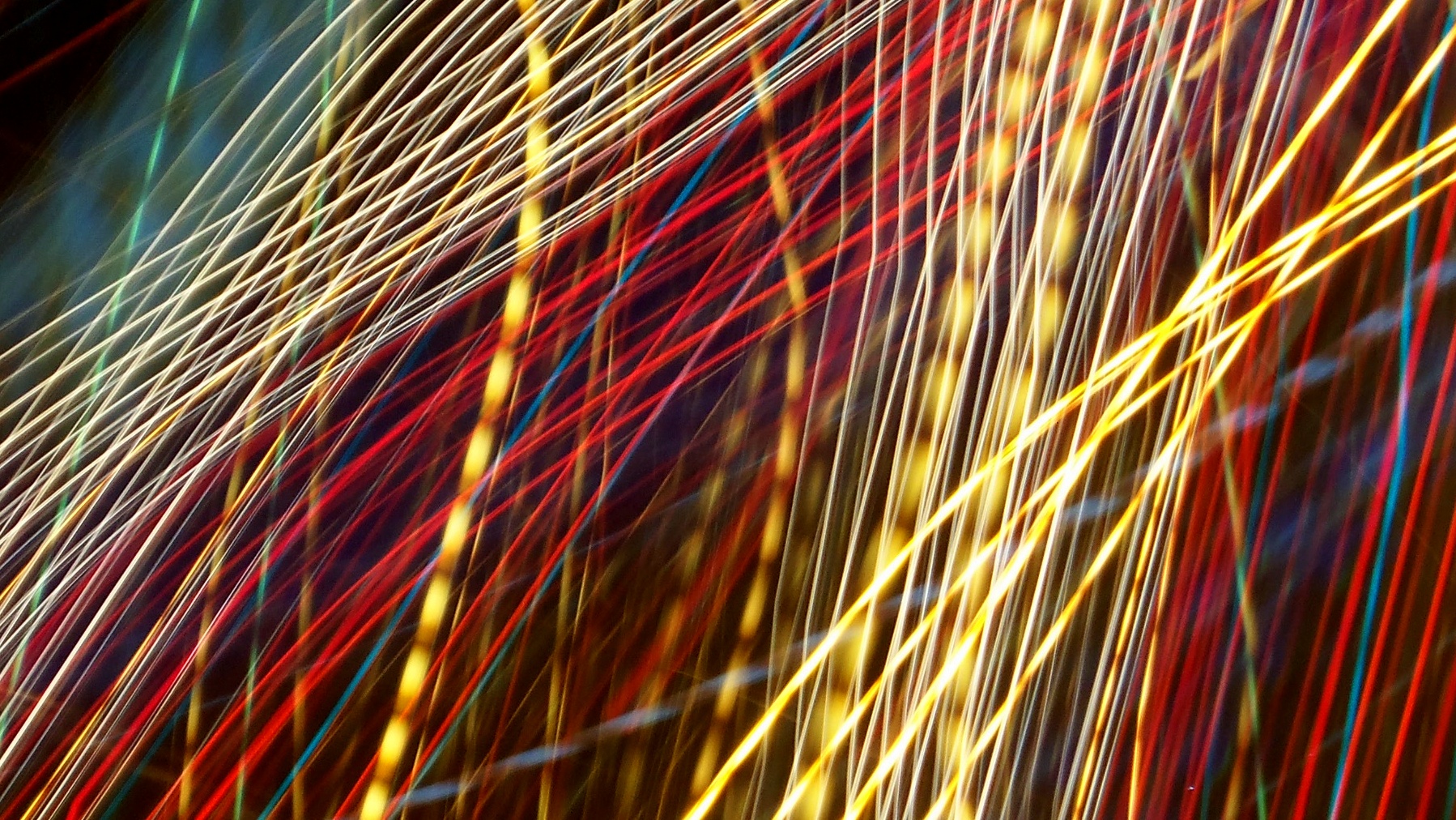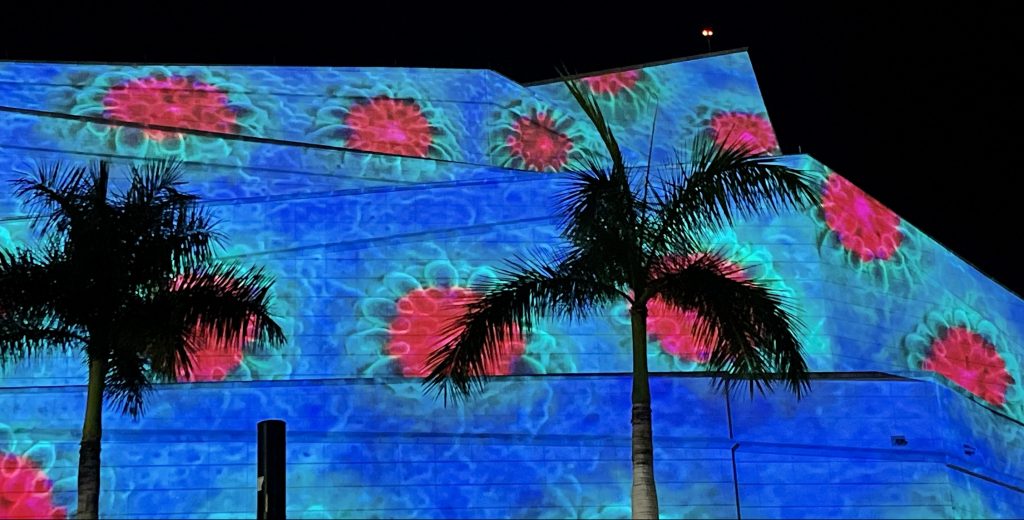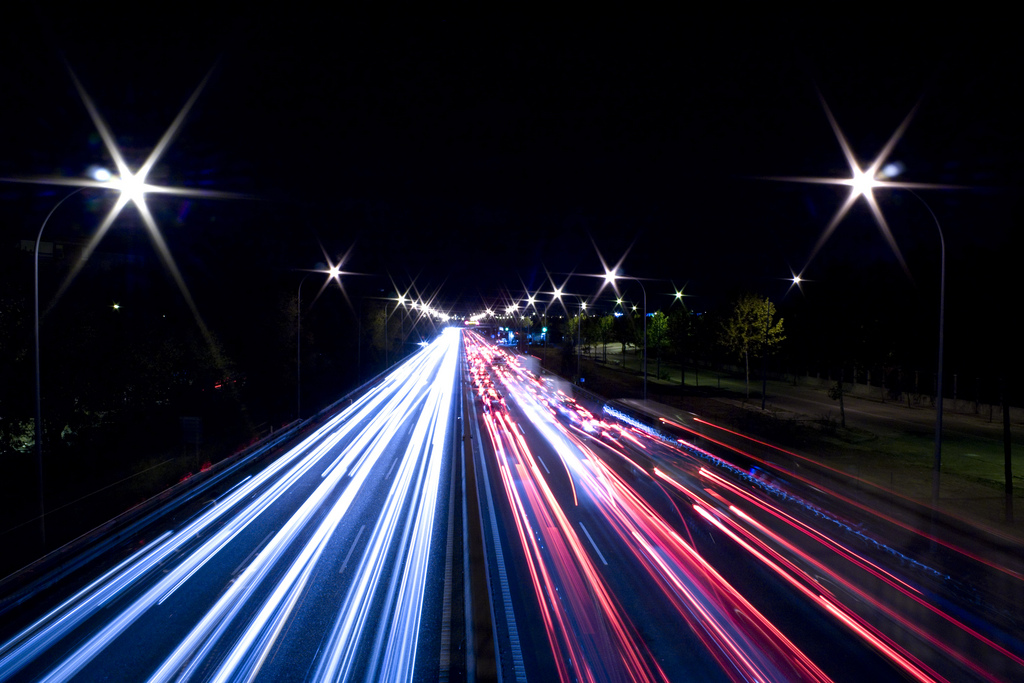
Navigating the intersection of art and technology
What are the opportunities for technology in the arts – and what threats does it pose? Knight Foundation, which recently launched an open call for ideas to use technology to connect people to the arts, asked leaders to answer that question. Here, researcher Ingrid Burrington offers her views on how the field, and its taxonomy, should evolve.
It’s ironic that, as a genre, art made with computers – a technology renowned for its capacity for precision and exactitude – goes by so many diverging names. In thinking about the challenges in and opportunities for the field, I am drawn to reflect on this ongoing crisis of categorization, and the implications of a particularly common shorthand for the genre.
When reading about artists working with or writing code, interactive experiences, or otherwise using digital tools somehow too avant-garde for stodgy existing genres, it’s hard to avoid passing through the mythical nexus of The Intersection of Art and Technology. Leaf through applications to artist fellowships or speaker biographies at high-profile tech conferences and you’ll quickly discover that dozens of artists call this intersection home. Although the Intersection of Art and Technology is a place that artists have inhabited for decades, its invocation tends to appear as a means of suggesting a cutting-edge approach and a defiance of easy categorization. The artist is not a mere Luddite painter, nor comfortable under the big tent of “conceptual art”, but a vanguard standing stalwart, stopping viewers in their tracks by working with tools as readily applied to building guided missiles as it is to making data beautiful.
There is a value and appeal to staying situated in this nebulous crossroads. It’s general in a way that most of the other shorthands fail (“new media” feels antiquated considering it often still technically encompasses relatively old media like video art; “digital art” or “software art” seem awkwardly too immaterial for hardware hackers or 3D printers – and by that logic, are all CNC-milled sculptures “software art”?). It’s also just specific enough: rather than depositing all the robots, speculative surveillance products and data visualizations on conceptual art’s modernist island of misfit ready-mades, the Intersection of Art and Technology is its own private island.
But in 2018, as the ubiquity of digital technologies increases and access to software and hardware as tools for creative expression expands, the Intersection of Art and Technology feels increasingly crowded, and an increasingly unhelpful spatial metaphor. “Technology” (as a crude catch-all for all that might be computational) seems less and less a fixed point at which singular intersections occur and more and more an ambient environment, a pervasive presence reshaping many areas of inquiry and everyday life. What artist with a smartphone using social media isn’t to some extent operating at this intersection, whether a figurative painter or a computational poet?
To continue fetishizing the intersection as novel and shorthanding art and technology as some uncategorizable vanguard space, I fear, unfortunately prioritizes the value of such artworks as topical novelties showcasing gizmos or controversies of the day. Such works are mostly evaluated by their media virality or ability to be monetized, rather than their capacity to reach into longer-term complex questions of how humans live in the world and live with each other. I am happy to see more and more institutions and artists engaging with the creative potentials and cultural implications of a world heavily mediated by technology. I hope that in this expanding interest and engagement, we might begin to see the abandonment of the intersection for the establishment of a more expansive neighborhood in which Art and Technology overlap with less novelty. And within that neighborhood, I hope to see a community and culture that might allow for more incisive intersectionality than jejune caricatures of what computation does to and means for society.
Ingrid Burrington is an artist, Eyebeam R&D Journalism resident and author of Networks of New York, An Illustrated Field Guide to Urban Internet Infrastructure.
P
-
-
-
Arts / Article
Recent Content
-
Artsarticle ·
-
Artsarticle ·
-
Artsarticle ·
